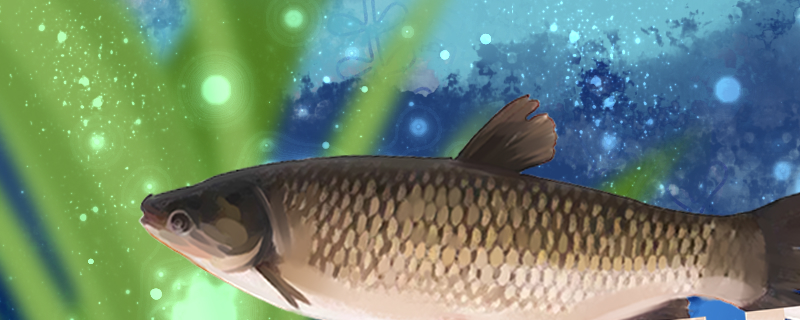
Grass carp is a kind of fish that can be cultured artificially, and the number of cultured fish is generally large. In the process of raising grass carp, grass carp may get sick, and sometimes it is unavoidable. Therefore, it is necessary to regularly monitor the status of grass carp, in the discovery of some grass carp symptoms, must be treated in time. If left unchecked, it is likely to infect other grass carp, resulting in a wide range of grass carp deaths. The common diseases of grass carp are more, such as bleeding disease, trichodiniasis, white head and white mouth disease, rotten gill disease, enteritis disease and so on. At different stages, the types of grass carp disease are also different.
1, bleeding disease: This disease is caused by the virus. This disease needs to be treated with Phellodendron, Isatis root and other drugs, every 100 kilograms of fish can be treated with 0.5 kilograms of drugs. In the feed, it is best to add a certain amount of salt, if there are antibacterial drugs can also be used. It is better to use some disinfectants in the water to eliminate the residual harmful bacteria in the water.
2. Trichodina disease: When the grass carp is in the fry stage, this disease is relatively common. There will be some Trichodina parasites on the gills and the surface of the body of the grass carp. At this time, they can be treated with copper sulfate solution and sprinkled into the breeding pond.
3, white head and white mouth disease: The symptoms of this disease is the head and mouth white. It can be treated with chlorine dioxide, dibromohydantoin and other drugs, which are relatively mild and can not be treated with drugs that are too strong.
4, rotten gill disease: This disease is a symptom of rotten gills, the early time is not easy to detect, the latter will become very serious. This disease also needs to be treated with mild drugs, such as chlorine dioxide, dibromohydantoin and so on.
5. Enteritis: This disease affects the digestive system of grass carp. Some compound sulfanilamide can be added to the feed to treat it. An appropriate amount of disinfectant also needs to be added to the water.